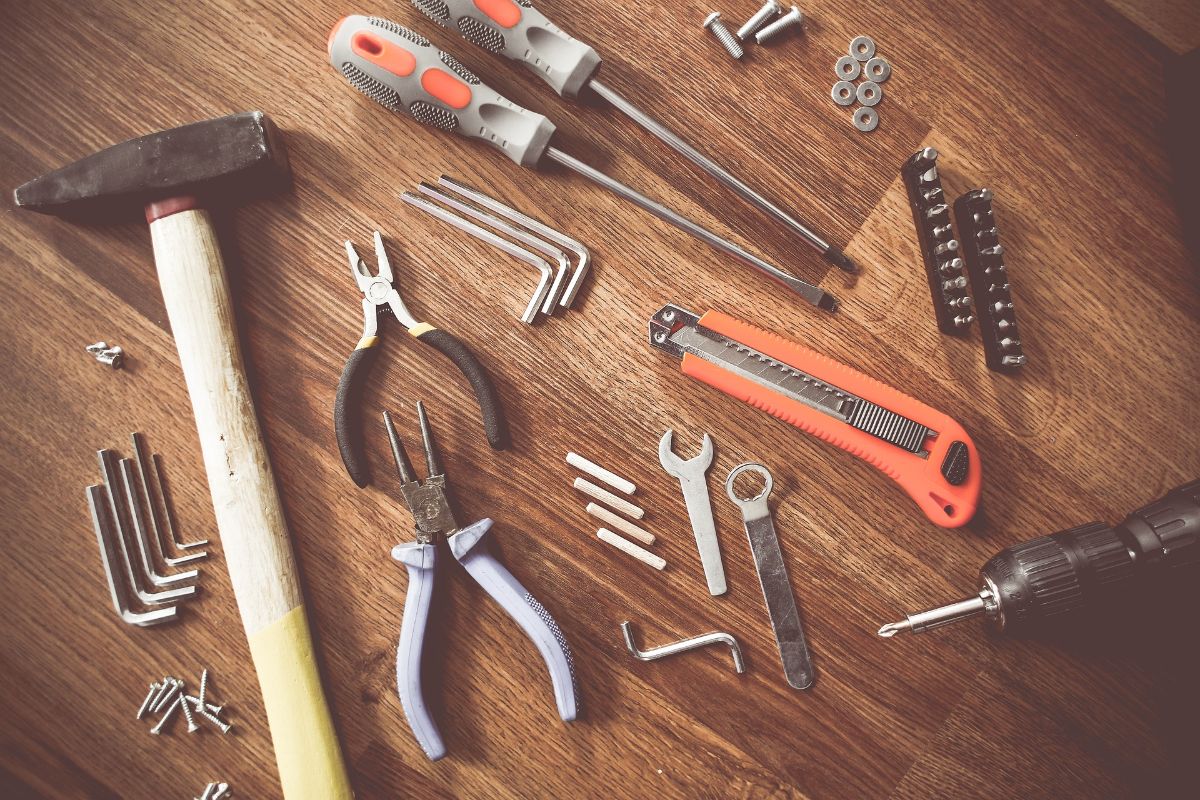
If you work in an industrial company, it is possible that if we ask you what tooling is, you can easily answer. But when not, this term can be difficult to understand. And yet, when you meet him, it's like you've known him all along, though not by that word.
Today we are going to focus on the tooling. You will know what it is, the types that exist and other information that you should take into account. Let's do it?
What is the tooling

If we go to the RAE (Royal Spanish Academy), it tells us that the tools are:
«Set of necessary tools for an industry or work».
In other words, We are talking about tools that are useful because they support or allow a better activity to be carried out (more productive, safe, fast, efficient, etc.) in the company.
Although it is normal to use this term in industrial companies, the truth is that it can be extrapolated to many other businesses.
And no, the tooling is not really the machinery. It is one of the most common mistakes when thinking about this term. And they are both different.
The difference between machinery and tools
Since we want you to understand well what tools are, we are going to make a small paragraph so that you can see the differences that exist between machinery and tools. Both coexist at the same time in companies, but they are different entities.
To begin with, You should know that the machinery will always be heavier and larger than the tools. You should see this as a tool that is used to work minimally, that is, it is not really essential, but it does allow the work to be better.
Another difference between machinery and tools is that the latter normally they only consist of a mechanism, or in other words, they only serve one thing. The machinery most of the time has multiple mechanisms that allow it to produce in different ways.
In addition, and as a big difference, there is the fact that a machine is independent; You turn it on and it works by itself. But in the case of the tooling It is necessary to have the intervention of a person for it to work.
With all this clear, now you will see the tooling as something different. But what can it be? Actually, simple things: a screwdriver, a stapler, a clip. They are basic things and yes, they get that term.
Actually, in all companies there are, only they often do not call such tools as such. But at the accounting level Yes, they get into these sections and even, in terms of expenses (especially when they have to be replaced every so often), he refers to them as tooling expenses.
Types of tooling

Distinguishing the different types of tools is not easy since they have different classifications. For example, at the accounting level, It is said that there are two large groups, those of rapid renewal, because they run out soon, like staplers, notebooks, pens... and they have to be replaced; and slow renewal, where they are tools that last a long time.
Based on your productivity, then you will have: standard, because they are flexible and do not produce too much; dedicated, because they are specialized in a specific process; or flexible, that combine the best of the previous two.
If we divide according to the application that these tools have, You can find use for storage, machining, administrative or office automation, assembly... You have to see it as groups where in each work or task certain objects are used to carry out the work.
Actually, there are many ways to group fixture tools based on different aspects. But there is no doubt that all of them have as their main characteristic that they have to be used by a person.
What is the tooling made of?

Surely when you go to work you will look at certain objects that you have at hand and that help you improve your productivity. Now you will know the business term they receive but what are they usually made of?
The most common materials for these tools are:
- Aluminum. Because it's cheap and it's easy to work with.
- Silicone. Although it is difficult to control, the truth is that its low weight and its adaptability allow it to do things that other materials cannot.
- Ceramics. It is widely used when jobs require high temperatures. In that case they are very resistant but, at the same time, they are fragile.
- Steel. It is perhaps the most used of all.
- Nickel. It is one of the most expensive materials, but also the one that provides the most advantages.
- Invar. Like the previous one, it is quite expensive, and it also has the problem that it is heavy.
What advantages does the tooling offer?
Finally, we do not want to leave the subject without you understanding 100% the benefits that these tools offer.
To begin with, help reduce production costs. And they do it because they make work easier and make the worker more effective when carrying out the tasks entrusted to him. For example, it is not the same that a person has to screw the screws of a wheel one by one than if he has a tool that does it at the same time by placing it by that worker.
Another advantage is reduce manufacturing time. For example, imagine that it takes a worker 5 minutes to fill a jar. But, using one tool, instead of five, it takes 2. This makes you more productive because it takes less time to do your task and to manufacture the final product.
Speaking of that final product, you should also know that it becomes more perfect. We are not going to say that it is 100%, but the fact of having a tool allows you to give it a more professional finish than if it were 100% manual.
And finally, It must not be forgotten that workers can carry out their work more safely, in addition to being fast, because they have a tool with which they can carry out their task and have security, as well as offer it to buyers.
Now you know what tools are and you have also been able to learn other information about these tools and everything they contribute to companies and workers. Do you have any doubt left? Then leave it to us in comments.